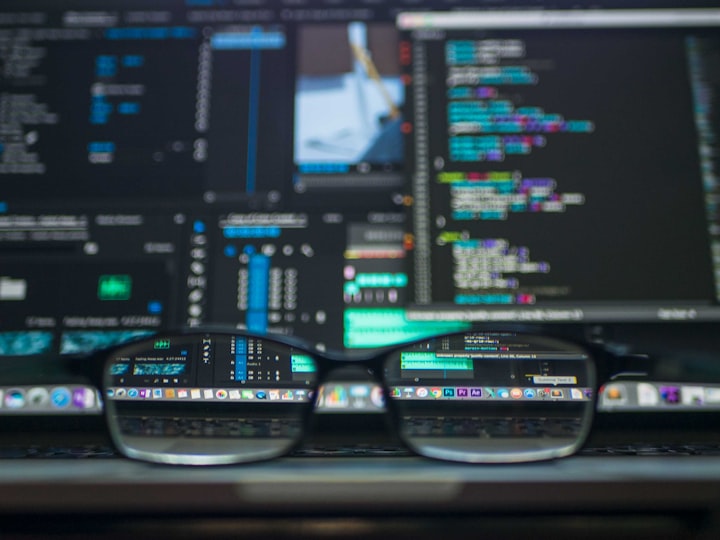Deep Learning
Unleashing the Power of Neural Networks
Deep Learning: Unleashing the Power of Neural Networks
Introduction to Deep Learning:
Deep learning is a subset of machine learning that utilizes artificial neural networks to simulate human brain functionality. It enables computers to learn and make intelligent decisions by analyzing vast amounts of data and extracting meaningful patterns and representations.
Neural Networks and Layers:
Deep learning employs neural networks with multiple layers of interconnected nodes, called neurons. Each layer processes and transforms the input data, extracting higher-level features at each subsequent layer, leading to progressively more complex representations.
Image and Speech Recognition:
Deep learning has revolutionized image and speech recognition applications. Convolutional neural networks (CNNs) can analyze visual data, identifying objects, faces, and patterns with remarkable accuracy. Recurrent neural networks (RNNs) excel at speech recognition tasks, enabling voice assistants and automatic speech-to-text conversion.
Natural Language Processing (NLP):
Deep learning is transforming natural language processing by enabling machines to understand and generate human language. Recurrent neural networks and transformer models, like the popular BERT (Bidirectional Encoder Representations from Transformers), have improved language translation, sentiment analysis, and text generation.
Autonomous Vehicles:
Deep learning is instrumental in developing autonomous vehicles. Deep neural networks analyze sensor data, such as images, LiDAR, and radar, enabling vehicles to perceive and interpret their surroundings, make driving decisions, and navigate complex environments.
Medical Diagnosis and Healthcare:
Deep learning plays a vital role in medical diagnosis and healthcare. Neural networks can analyze medical images, such as X-rays and MRIs, assisting in the early detection of diseases. Deep learning models also aid in personalized medicine, drug discovery, and predicting patient outcomes.
Fraud Detection and Cybersecurity:
Deep learning enhances fraud detection and cybersecurity by identifying patterns and anomalies in large datasets. Neural networks can analyze transaction records, network traffic, and user behavior, detecting fraudulent activities and mitigating cybersecurity threats.
Recommendation Systems:
Deep learning powers recommendation systems used in e-commerce, content streaming, and personalized marketing. Neural networks analyze user behavior and preferences, providing personalized recommendations, improving user experience, and driving customer engagement.
Financial Forecasting and Trading:
Deep learning models are employed in financial forecasting and trading algorithms. Neural networks analyze historical financial data, identify trends, and make predictions, aiding in stock market analysis, risk assessment, and algorithmic trading.
Drug Discovery and Genomics:
Deep learning accelerates drug discovery and genomics research. Neural networks analyze molecular structures, predicting drug-target interactions and assisting in the design of new drugs. Deep learning also aids in analyzing genomic data, identifying genetic variations and understanding disease mechanisms.
Gaming and Virtual Reality:
Deep learning enhances gaming experiences by creating realistic virtual environments and intelligent game characters. Neural networks learn from player interactions, adapting the game dynamics and providing personalized gameplay.
Energy Efficiency:
Deep learning is applied to optimize energy consumption and improve efficiency in various domains. Neural networks analyze energy usage patterns, helping in demand forecasting, energy load balancing, and optimizing renewable energy systems.
Robotics and Automation:
Deep learning enables robots and automated systems to perceive and interact with the environment. Neural networks process sensor data, enabling robots to perform complex tasks, navigate obstacles, and adapt to changing conditions.
Art and Creativity:
Deep learning has made significant contributions to the field of art and creativity. Neural networks can generate artistic images, compose music, and even write poetry, showcasing the creative potential of deep learning algorithms.
Continuous Advancements:
Deep learning is a rapidly evolving field with continuous advancements. Researchers are exploring new architectures, optimization techniques, and training algorithms to further improve the performance, efficiency, and interpretability of deep learning models.
In conclusion, deep learning is unlocking the power of neural networks and transforming various industries.
About the Creator
Abdullahi Mustapha
Abdullahi: Skilled forex trader with 3 years' experience. Amazon KDP expert and programmer. Pursuing a diploma in computer science. Youthful, yet wise. Passionate about technology and finance. Ready to make an impact in forex,







Comments
There are no comments for this story
Be the first to respond and start the conversation.